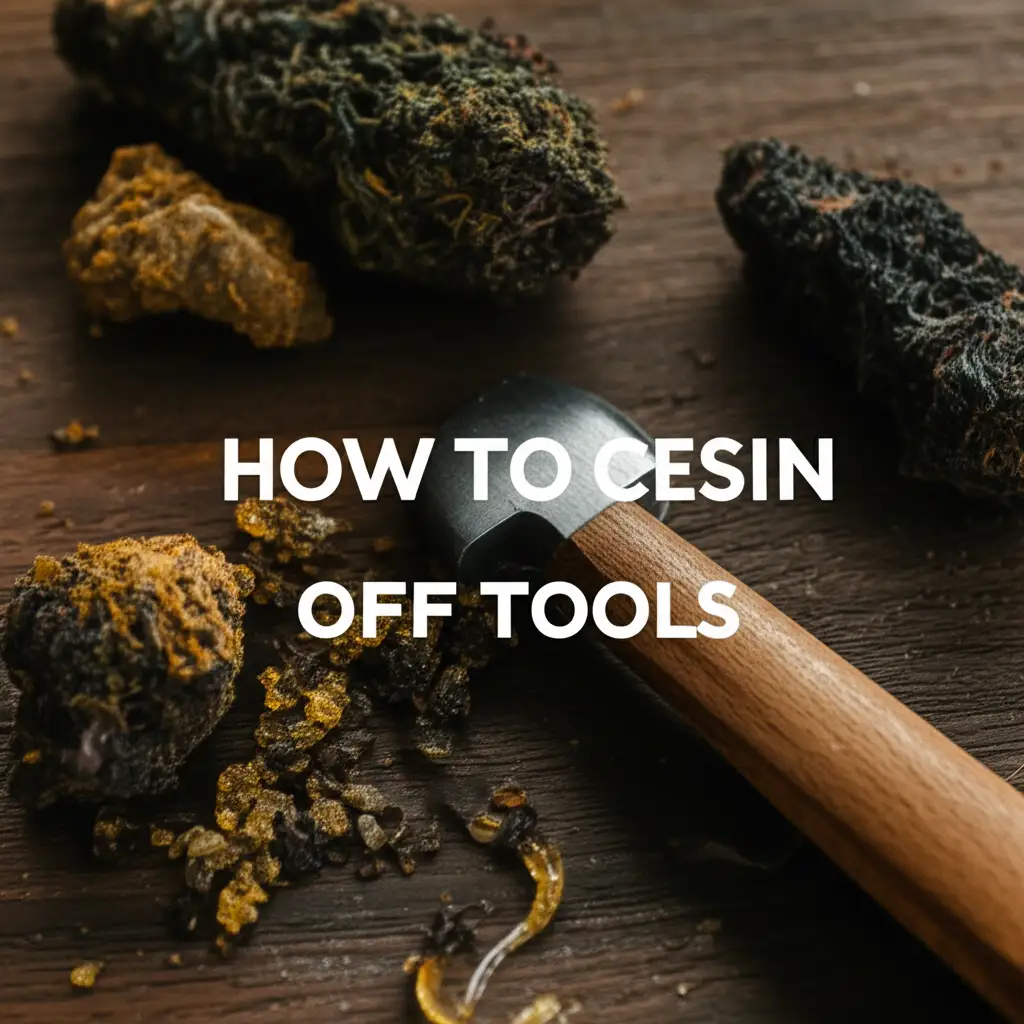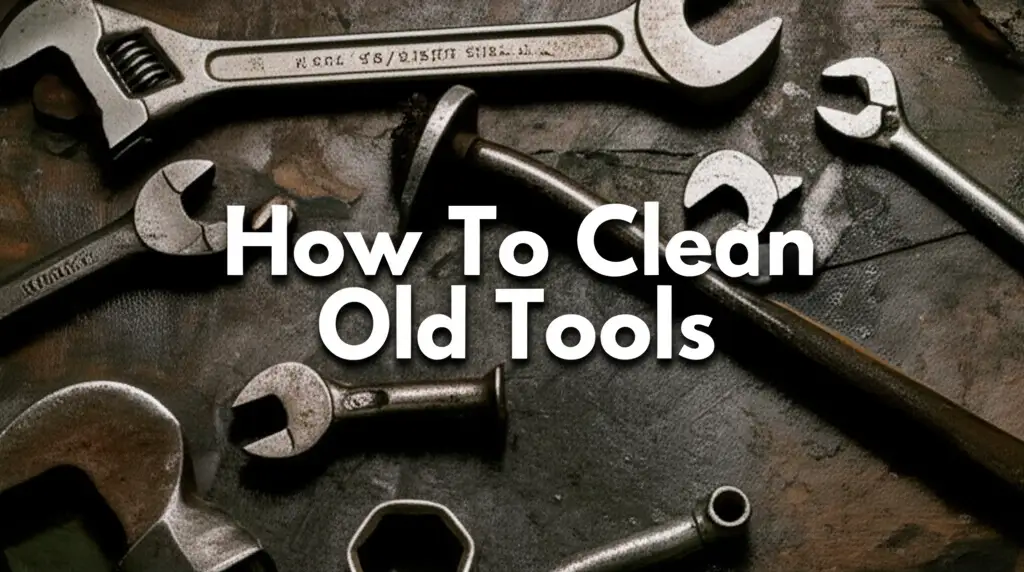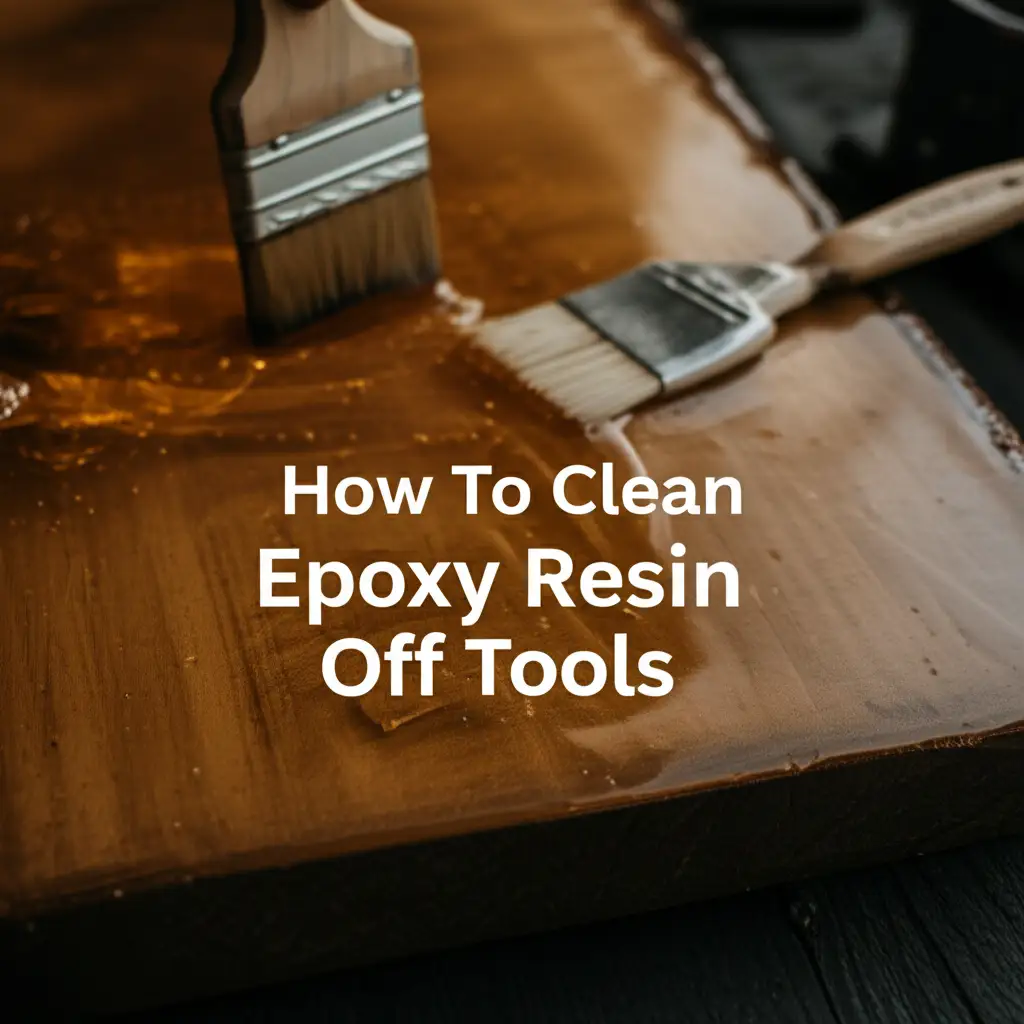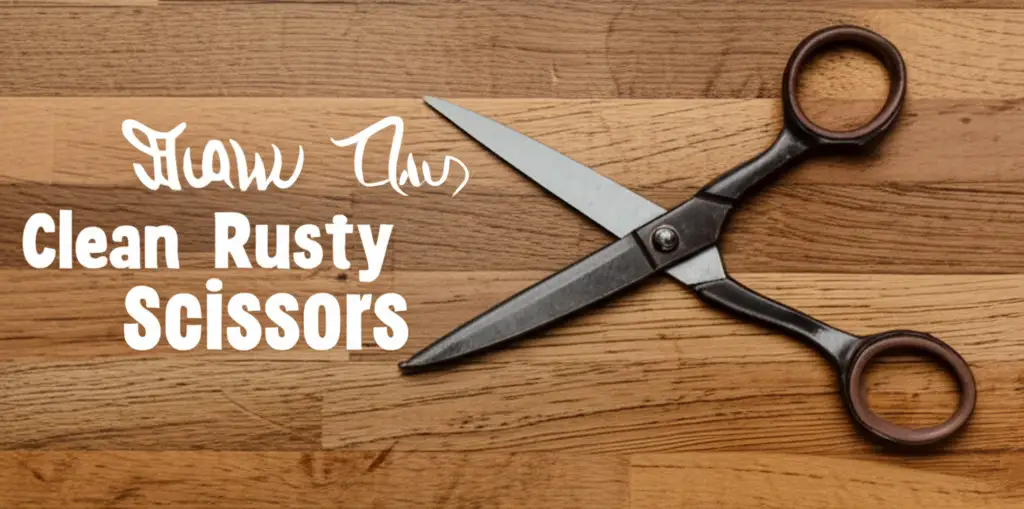· Men's Grooming · 14 min read
How To Clean Beard Roller
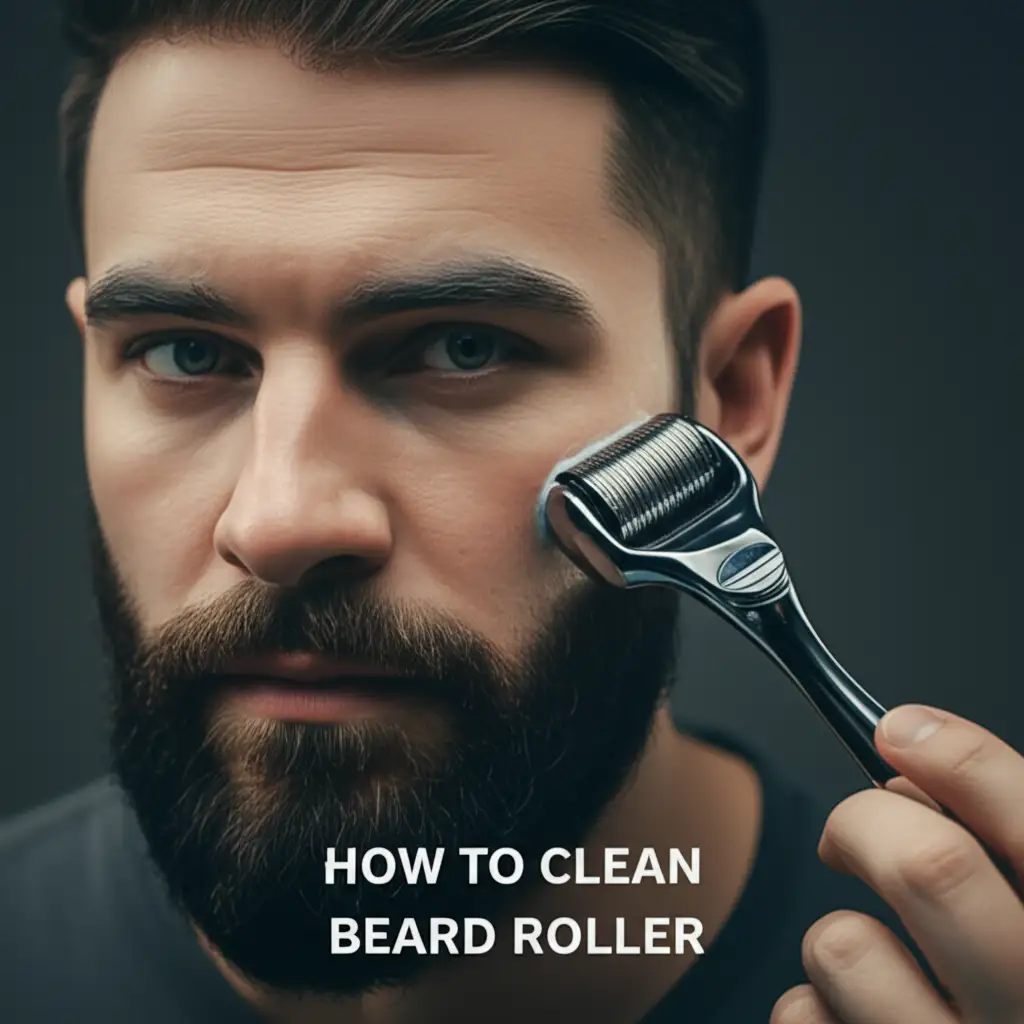
Unlock Growth: How To Clean Your Beard Roller Properly
A beard roller can be a great tool for many men. It supports healthier beard growth. However, many people overlook one crucial step: proper cleaning. Neglecting to clean beard roller tools can turn a helpful device into a source of problems. Imagine pressing tiny needles into your skin; you want them to be as clean as possible.
This article provides a comprehensive guide on how to clean beard roller devices correctly. We will explore why cleaning is vital for your skin and beard, what supplies you need, and a step-by-step cleaning process. You will learn how often to clean your roller, common mistakes to avoid, and tips for proper storage. By the end, you will understand how to keep your beard roller hygienic and effective, supporting your beard journey safely and successfully.
Takeaway
- Always clean your beard roller immediately after each use.
- Use 70-90% isopropyl alcohol for effective disinfection.
- Rinse thoroughly with warm water after disinfecting.
- Allow your beard roller to air dry completely before storing it in a clean, protective case.
Clear, Concise Answer to the Main Query
To clean a beard roller, first rinse it under warm water. Then, spray it thoroughly with 70-90% isopropyl alcohol, ensuring all needles are saturated. Let it sit for 5-10 minutes. Rinse the roller again with warm water, and finally, allow it to air dry completely on a clean surface before storing it away.
Why Cleaning Your Beard Roller Is Crucial for Skin Health
Keeping your beard roller clean is not just about general hygiene. It directly affects your skin health and the effectiveness of your beard growth efforts. When you use a beard roller, its tiny needles create microscopic punctures in your skin. This process encourages blood flow and collagen production. However, it also creates tiny open pathways.
If the roller is not clean, it can introduce bacteria, dirt, and dead skin cells into these open pathways. This can lead to various skin issues. You might experience redness, irritation, or even infections. Folliculitis, characterized by inflamed hair follicles, is a common problem from unclean derma rolling. Nobody wants a patchy, irritated beard due to poor tool hygiene. Proper cleaning prevents these issues. It ensures your skin remains healthy and ready for optimal beard growth. It also makes sure your roller performs its best.
An unclean roller can also lose effectiveness. Dirt and debris can dull the needles over time. Dull needles can drag on the skin instead of creating clean punctures. This makes the rolling less effective and more irritating. Regularly cleaning your beard roller protects your skin from harmful bacteria. It maintains the integrity of the needles. This ensures you get the full benefits of your beard growth routine without any unwanted side effects. Just like you clean your beard itself, or brush it, cleaning the tools you use on your skin is essential. You would clean your beard brush regularly, so extend that same care to your roller. Understanding how to clean beard brush tools highlights the importance of hygiene for all grooming items.
Essential Supplies for Effective Beard Roller Cleaning
Cleaning your beard roller does not require many items. The supplies you need are simple and easy to find. Having the right tools ensures you clean your roller effectively and safely. This prepares it for your next use.
First, you need isopropyl alcohol. A concentration of 70% to 90% is ideal. Isopropyl alcohol is an excellent disinfectant. It kills bacteria and viruses that might be on your beard roller’s needles. Do not use anything lower than 70% as it may not be as effective. Higher concentrations, like 99%, evaporate too quickly to properly disinfect. A spray bottle works perfectly for applying the alcohol. It helps you saturate all the needles evenly. A small, clean spray bottle from a pharmacy or beauty store is perfect.
Next, you will need warm water. This is for rinsing your beard roller before and after disinfection. The water helps remove any loose debris before the alcohol treatment. It also washes away alcohol residue after cleaning. A clean, lint-free cloth or paper towel is also essential. You will use it for gently dabbing your roller dry or for placing it on during the air-drying process. Make sure the cloth is truly clean to avoid reintroducing contaminants. Lastly, consider having a designated drying area or stand. This allows your roller to air dry completely without touching other surfaces. This full drying step is crucial to prevent rust and bacterial growth. Having these few supplies ready makes the cleaning process simple and effective.
Step-by-Step Guide: How to Clean Your Beard Roller Safely
Cleaning your beard roller is a straightforward process. Following these steps ensures your tool stays hygienic and ready for use. This routine helps prevent skin irritation and infection.
Immediate Post-Use Rinse
After you finish rolling, gently rinse your beard roller under warm, running water. Do this immediately. This step washes away any skin debris, beard oils, or dead skin cells that might have accumulated on the needles. Hold the roller under the tap, letting the water flow over the head. Do not scrub the needles with your fingers or a brush. This can damage them. A simple rinse is enough for this initial step. This pre-rinse is important. It removes visible contaminants before disinfection.
Disinfecting with Alcohol
Now it is time to disinfect. Fill a small spray bottle with 70% to 90% isopropyl alcohol. Hold your beard roller over a clean sink or a towel. Spray the roller head thoroughly with the alcohol. Ensure all the tiny needles are completely saturated. You can also submerge the roller head in a small bowl of isopropyl alcohol. Let the roller soak or stay saturated for 5 to 10 minutes. This allows the alcohol enough time to kill bacteria, viruses, and other microorganisms. Disinfecting with alcohol is the most critical step. It ensures your roller is safe for your skin. This method is similar to how you might clean other facial tools, for example. Understanding how to clean jade roller tools or how to clean rose quartz roller tools shows that disinfection is a common theme for devices that touch your skin.
Final Rinse and Dry
After the alcohol has done its work, rinse the beard roller again under warm running water. This washes away any remaining alcohol residue. Alcohol can be drying to the skin, so removing it is important. Again, do not touch the needles directly. After rinsing, gently shake off any excess water. Place the beard roller on a clean, lint-free cloth or a dedicated drying stand. Allow it to air dry completely. This might take a few hours. Ensure no moisture remains before storing the roller. Storing a wet roller can lead to rust or bacterial growth. Patience here ensures your roller remains in prime condition. This complete drying step is vital for longevity and hygiene.
How Often Should You Clean Your Beard Roller? Establishing a Routine
The frequency of cleaning your beard roller depends on how often you use it. Establishing a consistent cleaning routine is key to maintaining hygiene and extending the life of your tool. You should always clean your beard roller immediately after each use. This removes any skin cells, oils, or products that transfer to the needles during a session. This immediate post-use rinse and disinfection prevent contaminants from drying onto the needles and becoming harder to remove later. Think of it as a mandatory step, just like washing your face before bedtime.
If you use your beard roller daily or every other day, a full disinfection with alcohol after each session is ideal. This ensures maximum hygiene. For those who use their beard roller less frequently, such as once or twice a week, the “after every use” rule still applies. You want a clean tool every time it touches your skin. Consistent cleaning prevents the buildup of bacteria. It also keeps the needles sharp and effective. Skipping cleaning even once can introduce harmful elements to your skin.
Beyond cleaning after each use, consider a deeper clean periodically. For example, if you use it heavily, you might want to soak it in alcohol for a slightly longer period once a month. Always inspect your roller before and after use for any signs of damage or dullness. The cleaning routine is not just about keeping it germ-free. It’s about maintaining its performance. A regular cleaning schedule ensures your beard roller remains a safe and effective tool. It supports your beard growth journey without causing skin problems.
Common Mistakes to Avoid When Cleaning Your Beard Roller
While cleaning a beard roller seems simple, several common mistakes can reduce its effectiveness or even cause harm. Knowing what to avoid is as important as knowing what to do.
One major mistake is not cleaning your beard roller at all. Some people assume a quick rinse is enough, or they forget entirely. This is dangerous. An unclean roller can cause serious skin infections, irritation, and breakouts. It defeats the purpose of using the roller for beard growth. Always prioritize cleaning it immediately after each session.
Another common error is using the wrong disinfectants. Do not use harsh chemicals like bleach, household cleaners, or boiling water. Bleach and strong cleaners can damage the delicate needles, making them ineffective or even harmful. Boiling water can warp plastic parts or dull the needles, making the roller useless. Stick to 70-90% isopropyl alcohol. It is proven safe and effective for this purpose. Unlike how you might clean a hot dog roller, which can often withstand high heat, facial rollers require a gentler, alcohol-based approach to preserve their integrity. The method for cleaning a hot dog roller differs greatly because of the materials and function.
Failing to rinse the roller after disinfecting with alcohol is also a mistake. Alcohol residue can dry on the needles. This can irritate your skin or leave a sticky film. Always rinse thoroughly with warm water. Then, ensure the roller is completely air-dried before storage. Storing a wet roller promotes rust and bacterial growth, even after disinfection. Never wipe the needles with a towel or tissue. This can bend or damage them. Only pat the handle dry or let it air dry completely. Avoid sharing your beard roller with others. This is a personal grooming tool. Sharing it can spread bacteria and infections, even with proper cleaning. Each person should have their own. By avoiding these common pitfalls, you ensure your beard roller remains a safe and effective tool for your beard growth journey.
Proper Storage and Maintenance for Your Beard Roller’s Longevity
Proper storage and ongoing maintenance play a significant role in extending your beard roller’s lifespan. After you meticulously clean and dry your beard roller, how you store it matters greatly. Incorrect storage can damage the delicate needles, making the roller ineffective or even harmful.
Always store your beard roller in its original protective case. Most beard rollers come with a clear plastic case designed specifically for this purpose. This case protects the needles from dust, dirt, and accidental damage. It prevents the needles from bending or breaking. If you no longer have the original case, find a clean, hard, and breathable container. Ensure the needles do not touch any surfaces inside the container. An old, soft cloth bag is not suitable. It offers no protection for the needles and can trap moisture.
Store the case in a cool, dry place. Avoid humid environments like bathrooms, as moisture can encourage bacterial growth or rust over time, even on a dry roller. A bedroom drawer or a dedicated grooming cabinet is ideal. This ensures the roller stays clean and dry until its next use. Regular inspection is also a part of good maintenance. Before each use, visually inspect the needles. Look for any bent, broken, or rusted needles. If you see any damage, it is time to replace your roller. Using a damaged roller can cause severe skin irritation, scratching, or infection.
Generally, a beard roller has a limited lifespan, even with perfect care. The needles, though tiny, will dull over time with repeated use. Most manufacturers recommend replacing your beard roller every 3-6 months. This depends on how often you use it. Replacing it regularly ensures you are always using a sharp, effective, and safe tool. Proper storage and timely replacement are crucial steps. They ensure your beard roller continues to provide the best results for your beard growth journey.
Understanding Beard Roller Hygiene: Beyond Just Cleaning
Beard roller hygiene extends beyond merely cleaning the tool itself. It encompasses your overall approach to using the device. This holistic view ensures both the safety of your skin and the effectiveness of your beard growth efforts.
Firstly, prepare your skin properly before using the beard roller. Always start with a clean face and beard. Wash your face with a gentle cleanser to remove dirt, oil, and any residual products. This creates a clean surface for the roller. It minimizes the risk of introducing impurities into the micro-channels created by the needles. Think of it as preparing a clean canvas for optimal results.
Secondly, never use a beard roller on broken, irritated, or infected skin. This includes areas with acne breakouts, cuts, or rashes. Using the roller on compromised skin can worsen the condition. It can spread bacteria and lead to more severe infections. Wait until your skin is completely healed and healthy before resuming rolling. This is a crucial safety measure to protect your skin.
Thirdly, remember that a beard roller is a personal grooming item. It should never be shared with anyone else. Sharing a roller, even if cleaned, poses a significant risk of transmitting bacteria, viruses, or bloodborne pathogens. Each individual should have their own designated beard roller to ensure maximum hygiene and safety.
Finally, consider what you apply to your beard and skin after rolling. Many people use beard oils or growth serums immediately after a rolling session. This is a good practice. The micro-channels created by the roller can enhance the absorption of these products. However, ensure the products you use are high-quality and suitable for your skin. Applying harsh or irritating products to newly rolled skin can cause adverse reactions. Integrating these practices into your routine ensures beard roller use is safe and maximizes benefits. This comprehensive approach to hygiene is vital for healthy beard growth.
FAQ Section
Can I use soap and water to clean my beard roller?
No, soap and water alone are not enough. While warm water helps rinse off debris, soap does not effectively disinfect the tiny needles. You must use isopropyl alcohol (70-90%) to properly kill bacteria and ensure the roller is sterile for safe use on your skin.
What kind of alcohol is best for cleaning?
Isopropyl alcohol with a concentration of 70% to 90% is best. This range provides the optimal balance for disinfection. It kills germs effectively without evaporating too quickly. Avoid concentrations below 70% or significantly higher than 90%.
How do I know when to replace my beard roller?
You should replace your beard roller every 3-6 months, depending on usage. Look for signs of wear such as bent, dull, or rusted needles. If the roller does not glide smoothly, or if you notice any damage, it is time for a new one.
Can I boil my beard roller to sterilize it?
No, do not boil your beard roller. High heat from boiling water can melt plastic components, warp the roller head, and dull or damage the delicate needles. This renders the roller ineffective and potentially harmful. Stick to isopropyl alcohol for disinfection.
What happens if I don’t clean my beard roller?
Not cleaning your beard roller can lead to serious skin issues. Bacteria, dead skin cells, and dirt can accumulate on the needles. When used, these impurities can enter your skin through the micro-punctures, causing irritation, breakouts, folliculitis, or even infections.
Is it okay to share my beard roller?
No, it is not okay to share your beard roller. This is a personal grooming tool. Sharing it can easily transmit bacteria, viruses, and even bloodborne pathogens, regardless of how well it is cleaned between uses. Each person should have their own beard roller.
Conclusion
Maintaining a clean beard roller is a fundamental step in your beard growth journey. It goes beyond simply having a grooming tool; it is about protecting your skin health. We have explored how to clean beard roller devices through clear, actionable steps. You now understand the importance of disinfecting with isopropyl alcohol after every single use.
Remember, a clean beard roller prevents skin irritation, infections, and maximizes the effectiveness of your sessions. By following the cleaning routine, using the right supplies, and avoiding common mistakes, you ensure your tool remains hygienic. You also extend its lifespan. Proper storage in a protective case further safeguards your investment. Make cleaning your beard roller a non-negotiable part of your routine. This simple habit protects your skin. It helps you achieve the healthy, thriving beard you desire. Start your cleaning habit today for a healthier, fuller beard tomorrow.
- beard roller
- clean beard roller
- beard growth
- derma roller
- grooming hygiene
- tool maintenance

